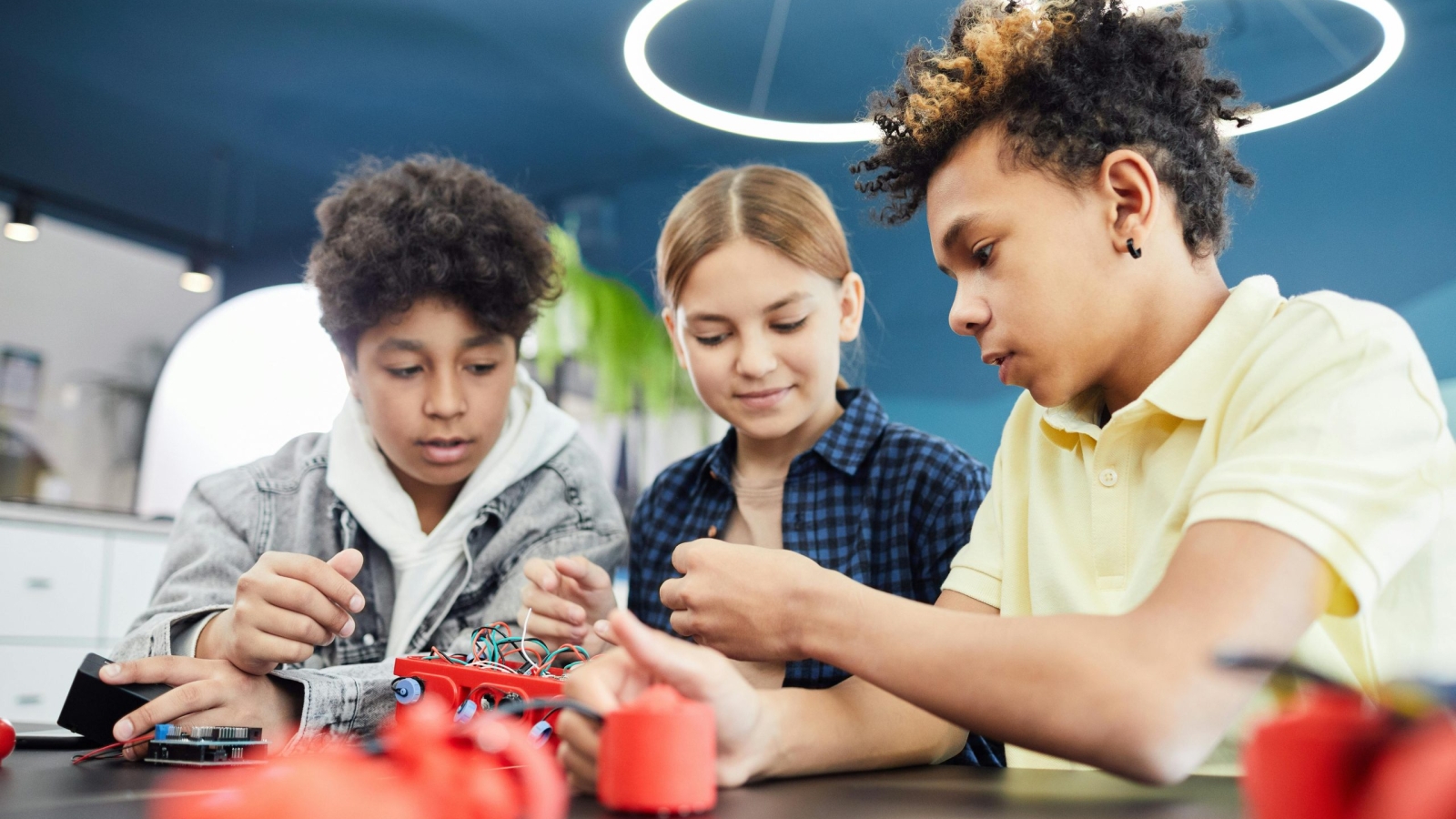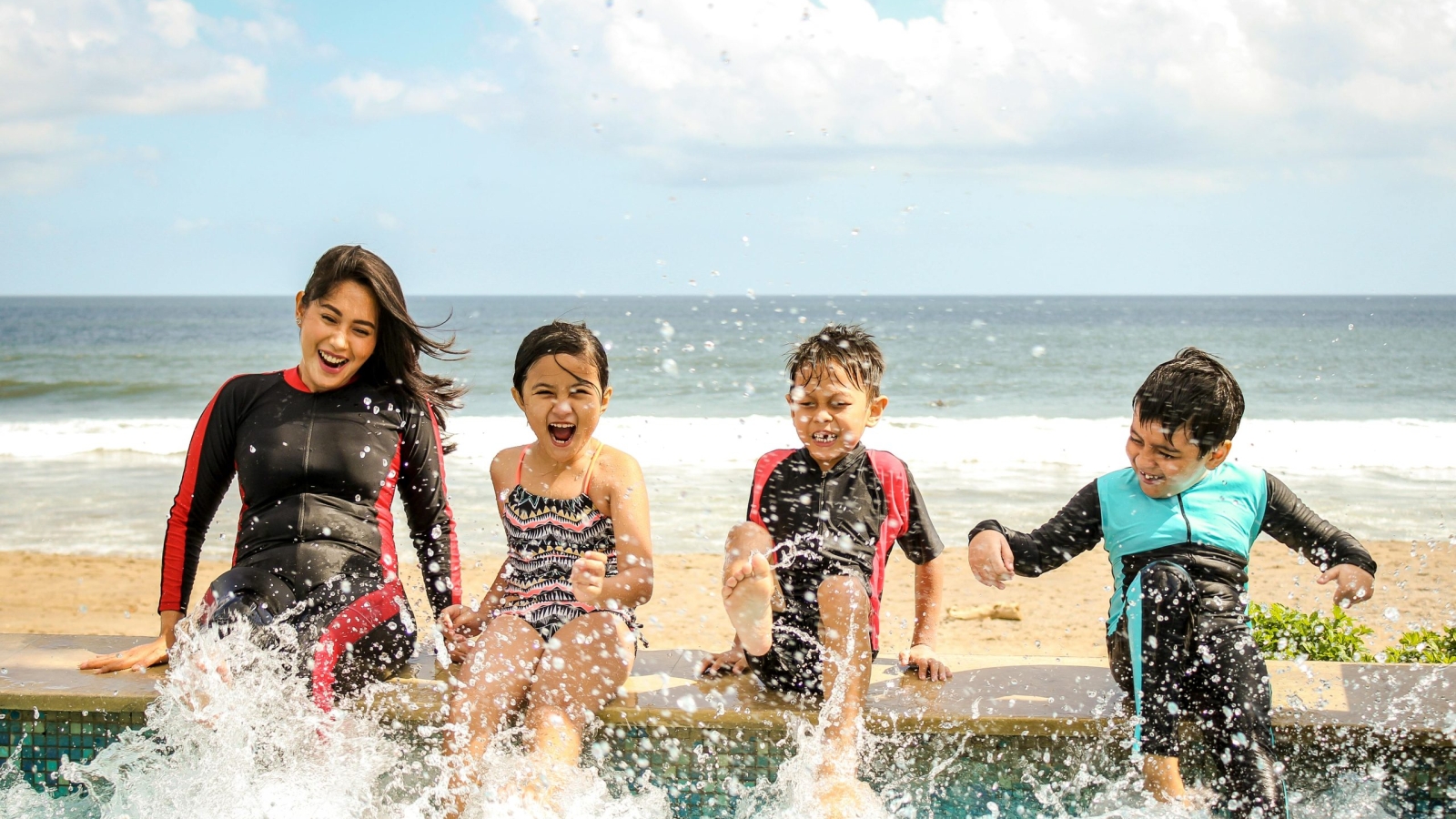In an age where digital tools and virtual experiences dominate education, school trips remain an unparalleled way to bring learning to life. They provide students with the opportunity to engage with the world around them, fostering deeper understanding and sparking curiosity through hands-on experiences.
Here’s why school trips are essential for students and how they bridge the gap between classroom theory and real-world practice.
1. Making Abstract Concepts Tangible
Some subjects can feel distant or abstract when taught in a classroom. School trips allow students to see, touch, and interact with the concepts they’ve been studying.
- Science lessons come alive in a nature reserve, where students can observe ecosystems firsthand.
- History classes are enriched by visits to museums or heritage sites, where students can explore artifacts and historical landmarks.
This hands-on approach makes lessons more memorable and engaging, helping students retain information better.
2. Encouraging Active Participation
Learning through doing is one of the most effective educational methods. On a school trip, students aren’t just passive observers; they actively participate in activities that enhance their understanding.
- In a museum, students might engage with interactive exhibits.
- At a science center, they might conduct experiments or participate in workshops.
This active involvement fosters critical thinking and problem-solving skills, giving students a sense of ownership over their learning.
3. Building Connections Between Subjects
School trips often combine elements of multiple subjects, helping students see how knowledge is interconnected. For example:
- A trip to a botanical garden might involve biology (plant species), geography (ecosystems), and art (sketching landscapes).
- A visit to a historical site can tie together history, literature, and sociology.
These cross-disciplinary connections give students a holistic perspective on the topics they study.
4. Enhancing Social and Emotional Learning
Beyond academics, school trips provide valuable opportunities for students to develop social and emotional skills.
- Teamwork: Collaborative activities during trips encourage students to work together, share ideas, and support one another.
- Independence: Navigating new environments helps students build confidence and self-reliance.
- Empathy: Exposure to different cultures, communities, or environments fosters understanding and respect for diversity.
These skills are critical for personal growth and future success.
5. Inspiring a Lifelong Love for Learning
One of the most profound impacts of school trips is their ability to ignite a passion for learning. When students step outside the classroom and experience the real world, they often develop new interests and aspirations.
- A visit to a planetarium might inspire a love for astronomy.
- A trip to an art gallery could spark a creative passion for painting or sculpture.
These experiences broaden students’ horizons and encourage them to explore new possibilities.
Practical Tips for Planning a Successful School Trip
- Set Clear Objectives: Decide what you want students to learn or achieve during the trip.
- Choose the Right Destination: Select locations that align with your curriculum and offer hands-on experiences.
- Engage Students in Pre-Trip Preparation: Provide background knowledge or assignments to enhance their understanding of the trip’s purpose.
- Follow Up: Plan post-trip activities to reinforce what students learned and encourage reflection.
Conclusion
School trips are more than just a break from routine—they’re a vital part of modern education. By taking students out of the classroom and into the real world, these experiences provide opportunities for hands-on learning that inspire curiosity, foster critical thinking, and enhance personal growth.
Whether it’s exploring nature, diving into history, or engaging with science and technology, school trips are an investment in a student’s academic and personal development. They offer a powerful reminder that the best learning often happens when we step out and experience the world firsthand.







